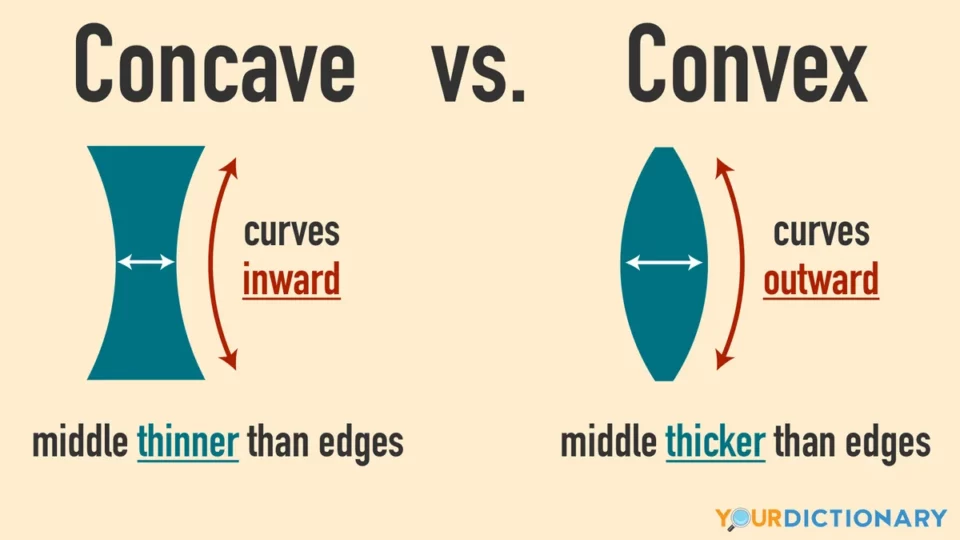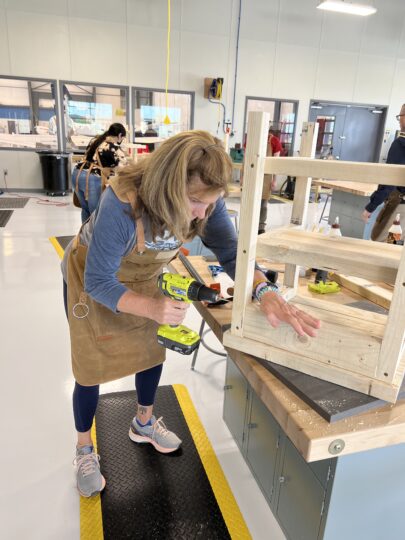Calling All DIY Enthusiast
If you are a DIY enthusiast and love to work with wood, then safety should always be your top priority. And in our DIY class in Dallas, safety is our first priority too. But did you know that you can use math skills to promote safety in woodworking? That’s right! Math is not just for solving equations, it can also be used in woodworking to prevent accidents and ensure a straight cut.
One of the math concepts that we use in our class is geometry. Specifically, we focus on the terms “concave” and “convex”. If you’ve taken a geometry class before, you’re probably familiar with these terms. But if not, don’t worry, we’ll explain. Concave refers to a “caved in” shape, while convex refers to a ballooning outward shape.
Learning the basics of safety

infographic concave versus convex shapes Owned by YourDictionary, Copyright YourDictionary Owned by YourDictionary, Copyright YourDictionary
So, how does this relate to woodworking and safety? When you’re about to cut a board on a table saw, you need to consider its shape. If the board has a convex side, it presents a danger because it increases the likelihood of the board moving unpredictably during the cut. On the other hand, if the board has a concave side, it will touch the fence at both ends with an open space in between.
To ensure a straight cut and prevent accidents, always check your boards against the straight edge of your table saw’s fence. If both sides are touching (i.e., the concave side), then you can guide the board through with greater confidence that you will achieve a straight cut. However, if you place the board against the fence and you see it move at either end (i.e., the convex side), flip it over to make sure the concave side is against the fence. And if you’re a perfectionist and want both sides to be joint-worthy, cut your board to its desired width by making two passes, first using the concave side and then using the freshly sawn side.
Learn How to Do It Yourself
At our DIY class in Dallas, we want to help people of all ages learn woodworking and crafting so they can become more confident. Safety is always our first priority, and we believe that by using math skills like geometry, we can make woodworking safer and more enjoyable for everyone.
So, the next time you’re working on a woodworking project, remember to keep safety in mind and use math skills to promote it. And be sure to check back for more helpful tips on wood shop safety! In our DIY class in Dallas, we want to make sure you leave feeling like an expert.


